Fighting: the goal of fighting is self-defense
Become a tiger in attitude and in the fighting attributes of a tiger - Tenacity, great courage, daring, and ferocity.
If you learn fighting only as a sport, your combative vitality and values will be compromised and will eventually weaken your effectiveness.
In a fight, you must be ruthless. Attack the groin, throat, eyes, and joints, these are considered necessary to win in a fight. Hard attascks soft – bone against flesh. Leverage the joints. How you practice is how you will fight.
Develop reflex habits that allow you to automatically counterattack to the assailant's vital areas while remaining keenly aware of your own vulnerability.
Most of the time, wait for the attack before moving into action. The values of sport fighting are different than those martial virtues needed to overcome one who means you harm because the student is training to attack to score points, so he develops the attitude of attack and not the attitude of counterattack from defensive posturing.
"Fair play” and "You can't win 'em all" are notions of being a "Good sport about losing." But a fighter has everything to lose in a real fight because his personal safety, maybe even his life is on the line. He cannot be a good loser. A fighter’s values are about protecting life at all costs and doing whatever is necessary to survive because the only reason you are fighting is to protect your life or the lives and safety of your loved ones.
Also consider the climate, clothing being worn, time of day and night and the terrain, upon which the fight is to be waged. These all combine to determine the tactics you will use and establish the emotional atmosphere of the fight. The environment can be a weapon…for or against you.
A journey of 1,000 miles begins with the 1st step – but if it is a journey to wage war or combat, make sure it is your opponent who travels the 1,000 miles…
Fighting Multiple Opponents:
All serious fighters must consider facing multiple opponents simultaneously. The student maintains awareness of multiple assailants while participating in solo training exercises and with training partners – fellow students.
Many fighting styles consider a minimum of three enemies and build up to exercises involving five to seven opponents. Successful training techniques will include a mix of grappling and striking.
Grappling is a "loose" type of struggle where the moves are used for take downs, off-balance sweeps, and forcing your opponent away from his center of gravity while retaining your ability to quickly dissolve the hold in order to engage another assailant.
Relatively obscure but intricate and deadly holds of the Buah Kunchi of Malaysian Bersilat train a fighter to be able to disengage from one person in order to move to another as an essential concept in fighting multiple opponents. Ideally, the fighter must not commit to applying body or point pressure and leverage where he cannot make an immediate escape.
Striking is used to tenderize and soften up an assailant before going into these intricate and complex techniques. This grappling / hitting mix maximizes flexibility and adaptability to meet changing situation. The arena and the battlefield are fluid environments.
When a fighter finishes off his assailant with a take down and follow-up, he immediately crouches, covers, and assumes the "on guard" stance and posture combinations because another attacker is on his way in for the kill.
The assailant that he just took down may not be finished after all. He may have been able to take all that punishment or he may be feigning his hurt condition, hoping the fighter drops his defenses and no longer considers him in the fight. Then he will employ the psychological weapon of surprise, throw confusion and bewilderment into the mix and re-attack. Take no prisoners.
It is important to take every assailant seriously at all times; he is always dangerous even when down. The fighter must train for this especially in order to build this attitude into a habit.
Cautionary awareness has resulted in the overkill principle, which seems to be prevalent in all types of Southeast Asian self-defense. The ‘overkill principle’ is the repeated use of follow-up techniques after the assailant has been thought to already have been taken out.
Experience fighters know that one or two strikes or breaks seldom finishes an opponent, therefore, for safety purposes, a variety of backups are built into a fighters reflexes through long hours of arduous training. Each backup technique has its own back up.
The Use of Weapons:
Every fighter must learn to wield the traditional weapons such as the knife, the stick, the staff, the short sword, and the rope. No fighter can afford to be so foolish, or so naïve as to train exclusively in the use of empty hand tactics for solving all combats.
The use of these weapons and other objects are based on the same technical rationale as the empty hand curriculum of hand movement and footwork. In this way, objects from your daily surroundings such as pens, combs, drinking receptacles, shoes, belts, eating utensils, even a salt shaker can be brought into play to enhance the fight.
In self-defense, the environment is to be used when possible if time permits, because the assailant, even if appearing to be unarmed may be concealing a weapon. Every move must be treated carefully.
With this unifying coherence planted in the fighter’s mind, he can substitute and transfer the use of weapons to the techniques he already knows empty-handed. His skill is already built in from his empty hand training.
The goal of training is to fight without being confused. Confusion about what should come next in any moment of a fight is what you train to overcome. These unifying principles are based on the physics of efficiency of technique and economy of motion and are keys to success in fighting. You will not tire as easily if you master them.
There will always be endless variations of empty hand techniques. There are so many that it is impossible to name them all. They all stem from the root techniques of the empty hand curriculum, which is based on center of gravity, visual acuity, and psychology.
A skillful fighter will make use of all parts of the body for locking, joint breaking or as striking weapons. Substituting a shoulder for an elbow, for example, one can produce the same joint / lock conceptually. The various hand formations similar to the crane beak, tiger claw, eagle claw, and panther fist, like those used in Kung Fu, can be adapted in the moment to various techniques…but only if you know them.
Every fighter must learn the vulnerable points of the body to be exploited with any techniques he has already learned. Like a road map, the routes to vulnerable body parts must be known and in place can be hit, pinched, torn, squeezed, ripped, twisted, or poked.
Training in this way will add depth and maturation to techniques the fighter must master. They will be especially useful against larger assailants, when intimidation is the first weapon the strong use over the weak…and becomes your first advantage: Your adversary’s underestimation of you.
Learn well, Grasshopper…
Subscribe to:
Post Comments (Atom)









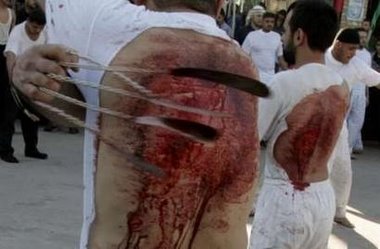



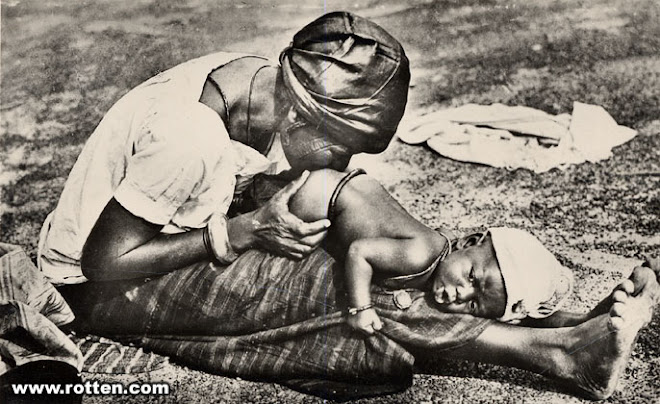















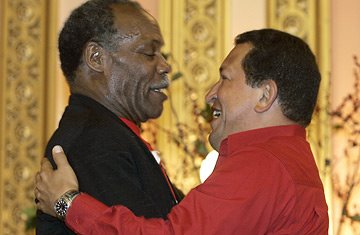

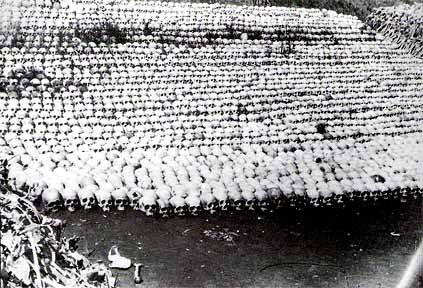
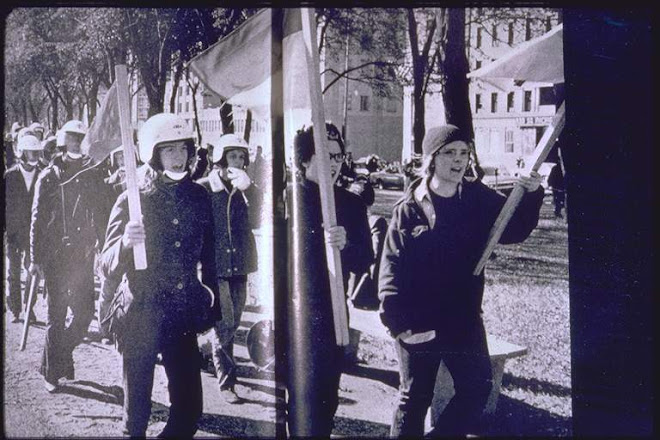







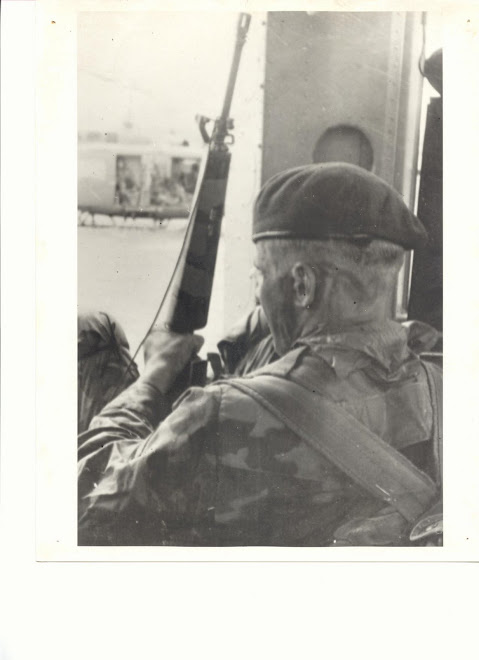
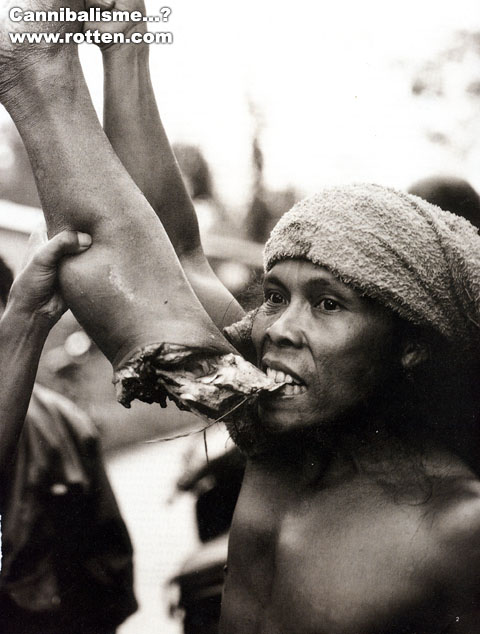









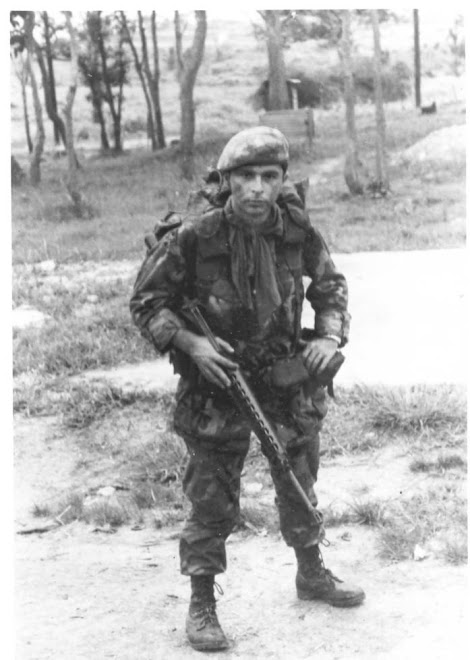
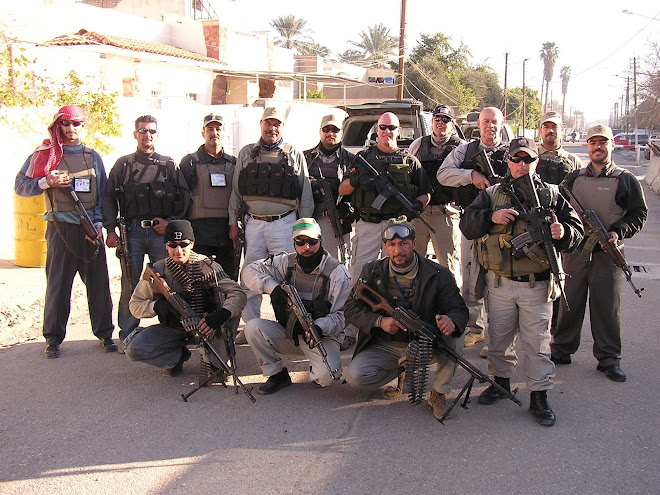
No comments:
Post a Comment